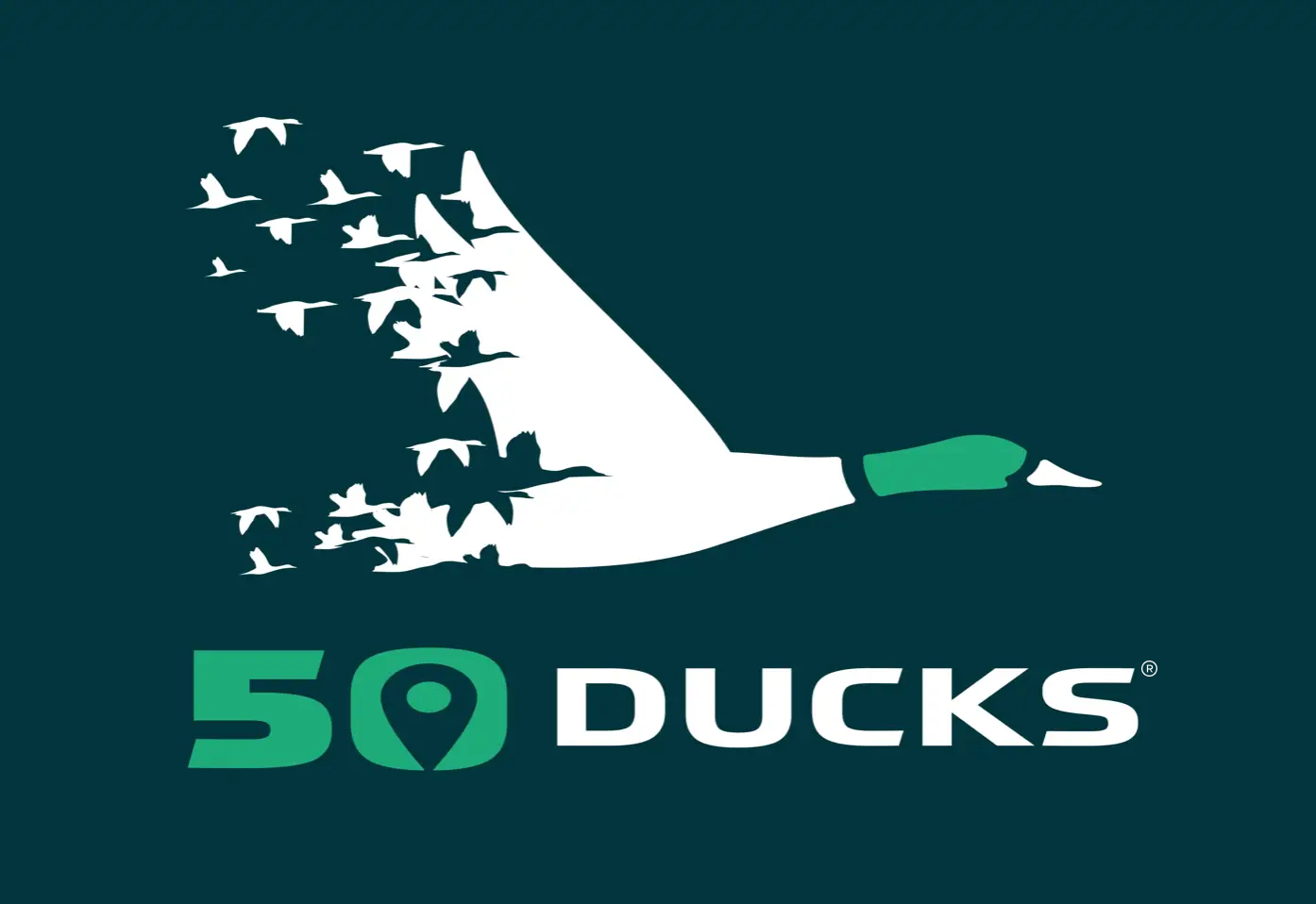About Lesser Snow Goose
The Lesser Snow Goose (Anser caerulescens caerulescens) is one of two subspecies of the Snow Goose, alongside the Greater Snow Goose. As the name suggests, the primary difference between the two subspecies is their size.
The Lesser Snow Goose is a medium-sized waterfowl species native to North America, recognized by its striking white plumage and the characteristic black “grinning patch” on its bill. There is also a “blue” color morph of the Lesser Snow Goose, distinguished by its grayish-blue plumage.
During the breeding season, Lesser Snow Geese nest in the high Arctic tundra, often forming large colonies. They migrate to wintering grounds in the southern U.S. states and into Mexico. These geese form monogamous pairs, with both parents defending the nest.
Notably, the Lesser Snow Goose is among the longest-range migrants in the waterfowl world, traveling thousands of miles between their breeding and wintering grounds. This impressive migratory behavior is crucial for their survival, allowing them to exploit seasonal resources and favorable climates across vast distances.

Identification
They have striking white plumage with a black "grinning patch" on their bills, distinguishing them from other goose species. The blue color morph is particularly common among the Lesser Snow Goose, giving it a more grayish-blue appearance.
Breeding
They nest in colonies in the Arctic tundra, with females typically laying 3-5 eggs in a nest that is guarded by both the male and female. Pairs typically will mate for life.
Behavior
Lesser Snow Goose exhibits highly social behavior, forming large flocks during migration and wintering, and displays strong migratory patterns between their Arctic breeding grounds and southern wintering areas.
Habitat
Breeding occurs in Arctic and subarctic regions, while wintering grounds extend to the southern United States and Mexico, including wetlands, marshes, and agricultural fields. Unlike many waterfowl species, the Lesser Snow Goose population has exploded since the 1970s. Their reliance on agriculture and nesting in areas with little to no urbanization has allowed their population to flourish. As a result, many areas now have a depredation season for this species to manage their growing numbers.
Migration
Their migration is one of the longest among waterfowl, covering thousands of miles between breeding and wintering areas.
No Data Found
How many days tracked
Lorem ipsum dolor sit amet, consectetur adipiscing elit. Ut elit tellus, luctus nec ullamcorper mattis, pulvinar dapibus leo.
Where are they now?
Lorem ipsum dolor sit amet, consectetur adipiscing elit. Ut elit tellus, luctus nec ullamcorper mattis, pulvinar dapibus leo.
No Data Found
No Data Found
Total Number of Data Points for Lesser Snow Goose
Lorem ipsum dolor sit amet, consectetur adipiscing elit. Ut elit tellus, luctus nec ullamcorper mattis, pulvinar dapibus leo.
Start and End Date Tracking of Lesser Snow Goose
Lorem ipsum dolor sit amet, consectetur adipiscing elit. Ut elit tellus, luctus nec ullamcorper mattis, pulvinar dapibus leo.
No Data Found
Overall Data from the Center
This is historical data from various sources. This data is available in its full form on our Duck Map in an easily visualizable format.
